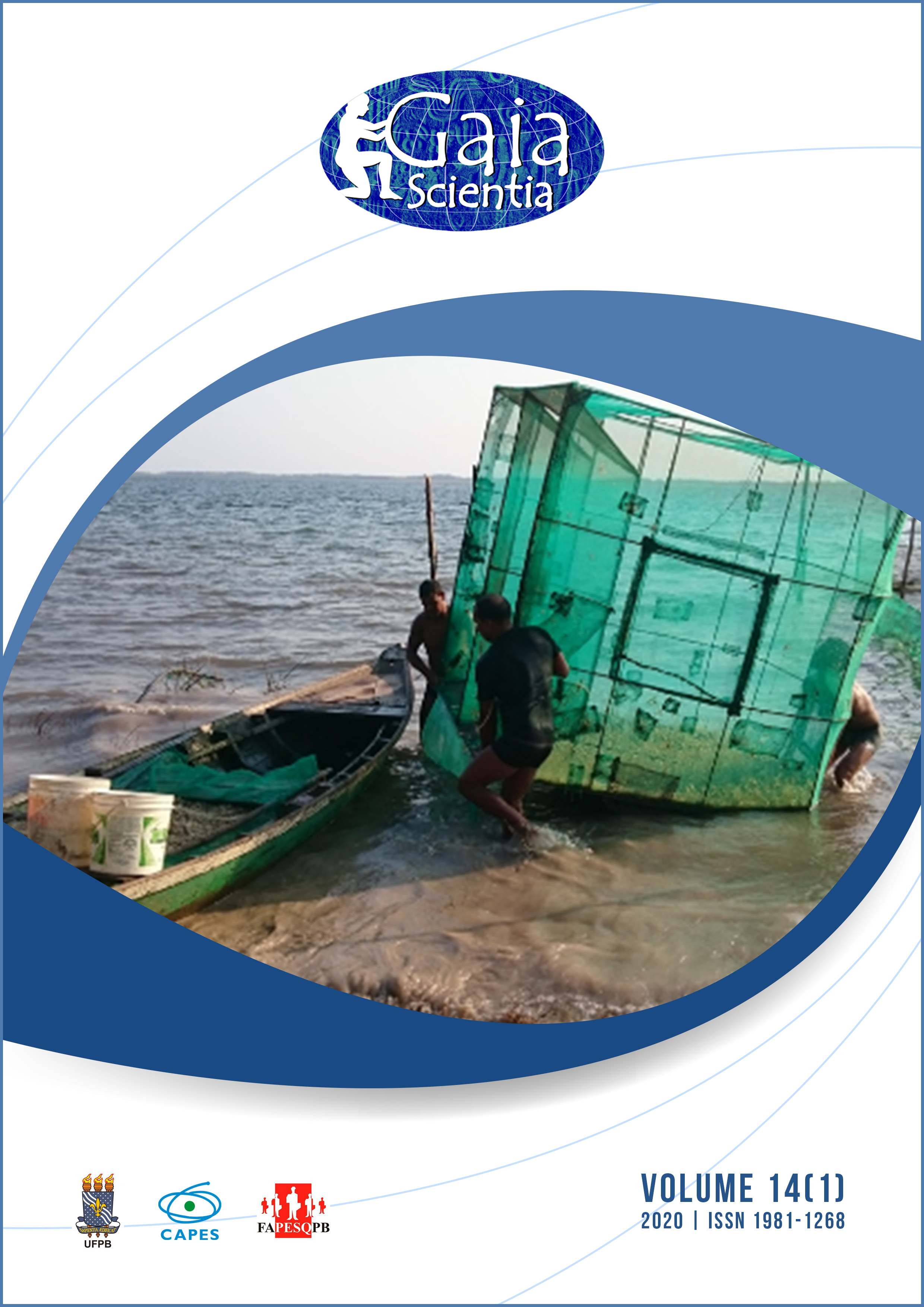Knowledge of popular medicine on vegetable resources in three municipalities along the Paraguay River, Mato Grosso, Brazil
DOI:
https://doi.org/10.22478/ufpb.1981-1268.2020v14n1.50621Abstract
The study aimed to register the plant species known and used as medicinals by local populations along the
Paraguay River, in three municipalities in Mato Grosso. The technique used to gather the interlocutors of this research was the Snowball. The aforementioned botanical materials were photographed, collected, marketed and herborized according to the IBGE recommendations. For the analysis, the Relative Importance Index (IR) of a specific medicinal plant for the local population was used. 17 interlocutors were interviewed, who cited 61 species, belonging to 33 botanical families, especially Fabaceae, Bignoniaceae and Lamiaceae. Hymenaea courbaril L. (commonly known as courbaril and, in Portuguese, Jatobá), was the species that presented the highest Relative Importance value (IR = 2). The Triplaris americana L. (commonly known as ant tree and, in Portuguese, novateiro) was the only species indicated by the interlocutors for the prevention and treatment of prostate cancer, an attribute not yet registered in the literature, highlighting local knowledge about the use of it. The results as a whole underscore the importance of ethnobotanical studies by which it is possible to know the use of plant species, all aggregate knowledge and suggest perspectives for maintaining knowledge and the respective populations.
Downloads
Published
Versions
- 2021-05-20 (2)
- 2020-03-31 (1)










